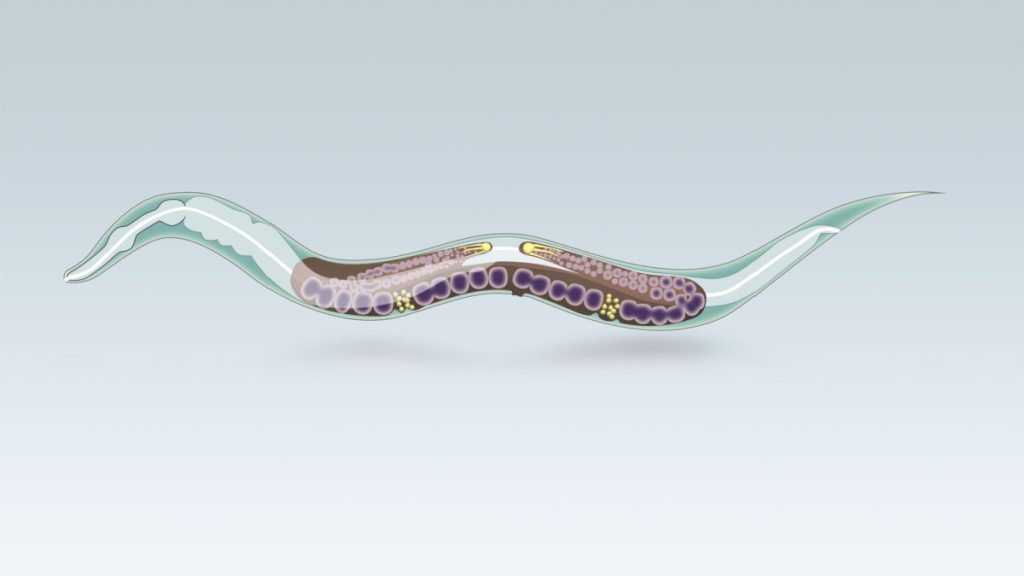
New AI Model to Open New Avenues in Neuroscience
A new AI model courtesy of EPFL and Harvard opens worlds for brain imaging and our understanding of the nervous system.
- The AI is based on a convolutional neural network and can track neurons in animals that can contort their bodies.
- The study proves that it can triple analysis throughput compared to full manual annotation.
Researchers from École Polytechnique Fédérale de Lausanne (EPFL) and Harvard built an AI capable of tracking neurons in moving and deforming animals.
Based on a convolutional neural network (CNN), their approach addresses the challenge of studying organisms like worms whose bodies undergo constant shape changes.
Traditionally, researchers would have to manually annotate images to train the CNN. Obviously, that’s quite labor-intensive and time-consuming. Not to mention the diverse postures of animals during movement.
Modern problems require modern solutions. So, the scientists introduced an enhanced CNN technique known as ‘targeted augmentation.’ It automatically synthesizes annotations, learning the internal brain deformations to adapt to new postures.
Published in Nature Methods, the study demonstrates how it triples the analysis throughput compared to full manual annotation, saving valuable time and effort in research endeavors.
Sahand Jamal Rahi, the lead author of the study, emphasized, “By significantly reducing the manual effort required for neuron segmentation and tracking, the new method increases analysis throughput three times compared to full manual annotation.”
They tested their CNN on the roundworm Caenorhabditis elegans (C. elegans). As elegant as its name sounds, this worm is a free-living transparent nematode. Despite its super small size (about 1 mm), it has 302 neurons. 302! No wonder it’s widely used in neuroscience. Their new AI managed to identify neurons represented in images as individual points and as 3D volumes.
It has allowed the team to study more closely the complex behaviors of interneurons. In your nervous system, you have sensory neurons, which detect stimuli from the environment (hot, cold, sweet, bitter, etc…), and motor neurons, which tell your muscles when to contract. For them to work properly and for electrical signals to travel, these specialized neurons need to be connected. That’s what interneurons are for. They are small and unspecialized, responsible for bridging the gap between sensory neurons and motor neurons.
Thanks to their advanced CNN, the team discovered rich patterns in interneuron dynamics. The discovery is a true testament to the AI’s ability to capture and understand neural behavior, including changes in response patterns when exposed to stimuli like periodic bursts of odors.
I know you asking yourself: What good does knowing more about a worm’s nervous system do to humanity?
It’s not about the worm itself per se. It’s what this technology means for the future of brain imaging. Besides, aren’t you curious to know how the world around you works? I mean a bee’s wings carry it during flight! That’s some physics-defying stuff!
Inside Telecom provides you with an extensive list of content covering all aspects of the tech industry. Keep an eye on our Intelligent Tech sections to stay informed and up-to-date with our daily articles.